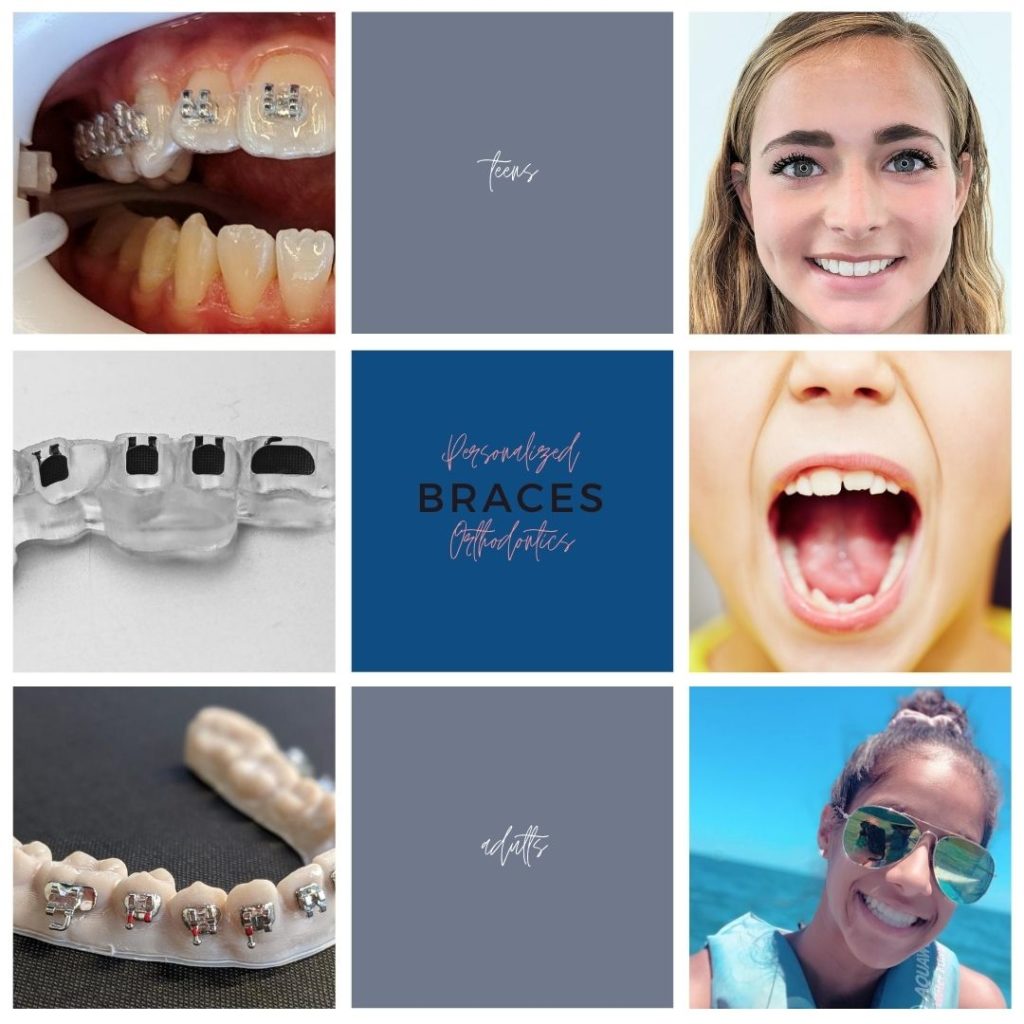The Basic Principles Of Legacy Orthodontics
The Basic Principles Of Legacy Orthodontics
Blog Article
A Biased View of Legacy Orthodontics
Table of ContentsThe Basic Principles Of Legacy Orthodontics Fascination About Legacy Orthodontics5 Simple Techniques For Legacy OrthodonticsNot known Incorrect Statements About Legacy Orthodontics Some Of Legacy Orthodontics
At Advanced Orthodontics, we supply people with a alternative treatment experience. Additionally, we use adjustable treatment routines, flexible payment options and a fun, pleasurable experience. invisalign. Call ( 480) 357-4900 today for more details and routine a consultation.An orthodontist is a dental expert educated to identify, avoid, and deal with teeth and jaw irregularities. Orthodontists function with people of all ages, from children to adults.
Malocclusion, or misaligned teeth, can cause dental issues, consisting of tooth degeneration, gum tissue disease, and tough or agonizing eating. Not everybody is birthed with straight teeth. If you have a poor bite or huge areas in between your teeth, you may wish to speak with a dentist concentrating on orthodontic care.
What Does Legacy Orthodontics Do?
( Picture Credit Scores: DigitalVision/Getty Images) Orthodontists make use of fixed and removable dental gadgets, like dental braces, retainers, and bands, to transform the placement of teeth in your mouth. Orthodontic therapy is for dental irregularities, consisting of: Misaligned teethBite problems, like an overbite or an underbiteCrowded teeth or teeth that are also far apartJaw misalignmentThe goal of orthodontic therapy is to enhance your bite.
While you could believe of orthodontists as generally for youngsters or teens that need dental braces, they can correct oral troubles at any age. Orthodontists attend college, dental school, and orthodontic school.
All orthodontists are dental practitioners, but not all dentists are orthodontists. Orthodontic residency programs offer intensive, focused guideline for oral specialists. They focus on two locations: Just how to effectively and securely relocate teeth Exactly how to correctly guide development in the teeth, jaw, and faceOnce an orthodontist has actually finished training, they have the alternative to become board licensed.
Our Legacy Orthodontics PDFs
Imbalance, or malocclusion, is one of the most typical reason individuals see an orthodontist. It is genetic and is the outcome of dimension differences in between the top and reduced jaw or between the jaw and teeth. Malocclusion brings about tooth congestion, a misshapen jaw, or irregular bite patterns. Malocclusion is generally treated with: Your orthodontist connects metal, ceramic, or plastic square bonds to your teeth.
If you have only minor malocclusion, you might have the ability to utilize clear braces, called aligners, as opposed to standard braces (https://legacyortho1.weebly.com/). Some people require a headwear to help relocate teeth into line with pressure from outside the mouth. After braces or aligners, you'll require to wear a retainer. A retainer is a customized device that keeps your teeth in area.
They're most usually used on children. They can develop added area in the mouth without needing to draw teeth. If you have a serious underbite or overbite, you might need orthognathic surgical procedure (also called orthodontic surgery) to extend or reduce your jaw. Orthodontists use cords, surgical screws, or plates to support your jaw bone.
You might require to see an orthodontist if you have: Crowding or otherwise adequate space for all of your teethOverbite, when your top teeth come over your bottom teethUnderbite, when your bottom teeth are also far forwardSpacing or problems with gapsCrossbite, which is when your upper teeth fit behind your base teeth when your mouth is closedOpen bite or a vertical space in between your front bottom and upper teethMisplaced midline, when the facility of your base and top teeth do not align Remedying a dental malocclusion can: Make biting, chewing, and talking easierImprove the symmetry of our face and your general appearanceEase discomfort from temporomandibular joint disordersDifferent your teeth and make them simpler to cleanse, aiding avoid tooth degeneration or tooth cavities It's typically a dentist who initially notifications misaligned teeth throughout a routine test.
Getting The Legacy Orthodontics To Work

Throughout your initial orthodontic assessment, you'll likely have: An oral examPhotos taken of your face and smileDental X-raysPanoramic (360 degree) X-rays of your face and headImpressions to create mold and mildews of your teethThese examinations will certainly assist your orthodontist understand exactly how to proceed with your treatment. leesburg clear braces. An orthodontist is a dentist that's had training to treat your teeth and jaw
An orthodontist is concentrated on your bite, so something like a damaged tooth would be taken care of by a dental professional. Orthodontists are focused on your bite, or the method your teeth fit with each other, and the straightness of your teeth.
Ever wondered exactly how stars always appear to have completely aligned teeth? The solution frequently lies in the competent hands of an orthodontist. What precisely does an orthodontist do? Orthodontists are oral experts that concentrate on fixing abnormalities in the teeth and jaws. Their expertise exceeds just producing a stunning smile; it includes boosting your overall dental health and feature.
Legacy Orthodontics Can Be Fun For Everyone

, orthodontists have a varied toolkit at their disposal. These reliable dental braces utilize a system of braces adhered to the teeth and attached by cords.
Clear aligners, like Invisalign, are a preferred option for people seeking a more discreet therapy option. These detachable trays are personalized to progressively change the teeth's setting. Headwear may be used along with dental braces or aligners to apply extra targeted forces, particularly for remedying jaw inconsistencies. In situations of slim jaws, palatal expanders can be utilized to create room for correct tooth positioning.
Report this page